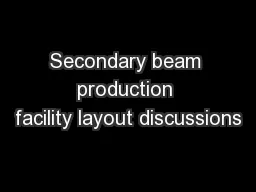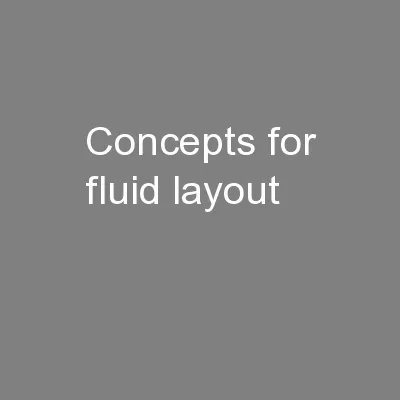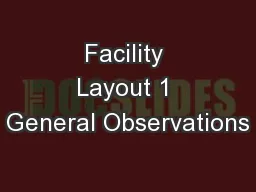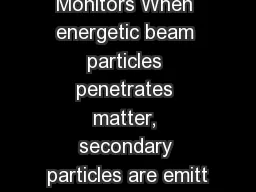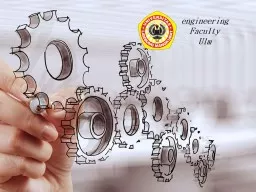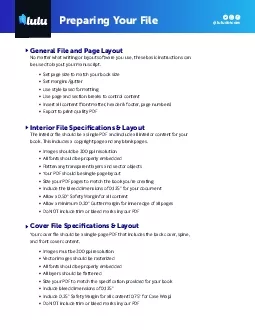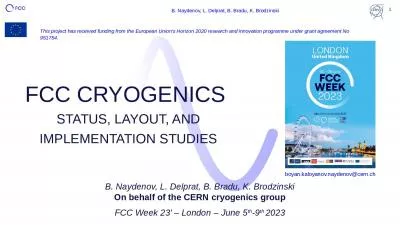PPT-Secondary beam production facility layout discussions
Author : calandra-battersby | Published Date : 2016-06-18
SBLNF meeting 5 th Dec 2012 M Calviani A Ferrari R Losito ENSTI H Vincke DGSRP Outline 2 Update on the conceptual functional layout Neutrino production area Annex
Presentation Embed Code
Download Presentation
Download Presentation The PPT/PDF document "Secondary beam production facility layou..." is the property of its rightful owner. Permission is granted to download and print the materials on this website for personal, non-commercial use only, and to display it on your personal computer provided you do not modify the materials and that you retain all copyright notices contained in the materials. By downloading content from our website, you accept the terms of this agreement.
Secondary beam production facility layout discussions: Transcript
Download Rules Of Document
"Secondary beam production facility layout discussions"The content belongs to its owner. You may download and print it for personal use, without modification, and keep all copyright notices. By downloading, you agree to these terms.
Related Documents

